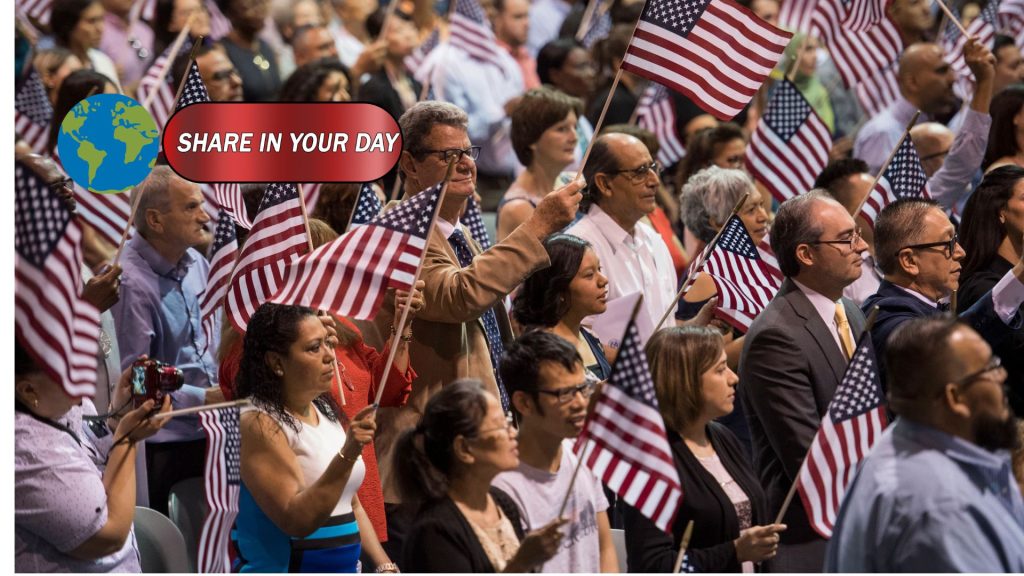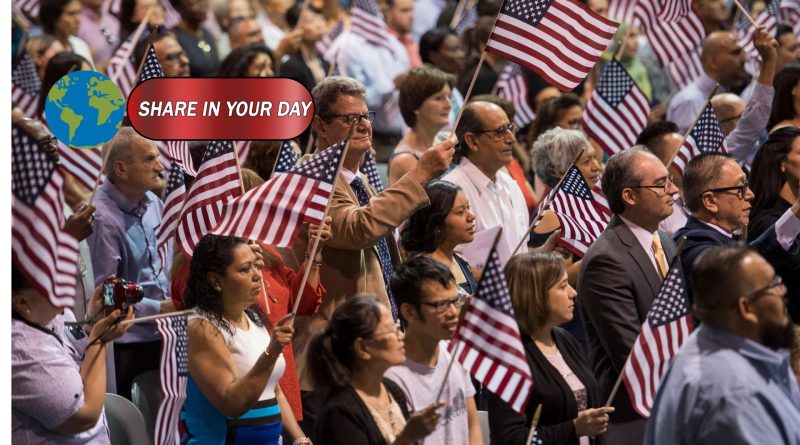Our readers took the new U.S. citizenship-test. Here’s how they did.
The federal agency U.S. Citizenship and Immigration Services (USCIS) has rolled out a tougher version of the civics test for naturalization. This week, we at The Washington Post invited readers to try some of those new questions—and more than 350,000 took the challenge.
Results
Overall, about 75 % of responders scored at least six correct answers. In the official test, applicants must answer 12 of 20 correctly.
By contrast, when readers took the older version last year, roughly 90 % passed.
What tripped people up
- The question that caused the most trouble: “When did all women get the right to vote?” Many said the wording didn’t reflect the voting barriers faced by Black and Native American women long after the 19th Amendment
- Another difficult question: asking why the United States entered the Persian Gulf War. The official answer (to force the Iraqi military out of Kuwait) is correct — but many point out the historical reasons were far more complex.
- A third vexing one: “Name one American innovation.” Some readers challenged the accepted answers (lightbulb, automobile, skyscraper, airplane, assembly line, integrated circuit, or moon landing) as overly simplistic or historically contested.
Reader reactions
Some responses were enthusiastic and reflective. One reader noted:
“I got eight right and had to pull on all my memories from elementary-school American history. A good refresher for all Americans at a time when our country is under attack and our history is being erased.”
Others were more critical:
“How does knowing some of these arcane things make you a better citizen? This is ridiculous.”
Many questioned whether the test emphasises trivial facts rather than meaningful understanding of civic rights, responsibilities and structures.
Why USCIS made the change
According to agency spokesman Matthew J. Tragesser, citizenship “should not be a cakewalk to obtain.” The updated test, he said, is part of an overhaul aimed at better aligning with both the letter and spirit of the law — including English proficiency, U.S. history and civics, and a demonstrated fidelity to the Constitution.
What this means
The newest version of the civics test presents a tougher bar for naturalization applicants. For many native-born Americans who tried it, it’s been a worthwhile reminder: knowing a few key facts is only part of civic understanding—and apparently, recalling dates, inventions and battle-reasons is harder than expected. The shift underscores a debate about what “good citizenship” really means: memorising facts, understanding systems, or actively participating?





